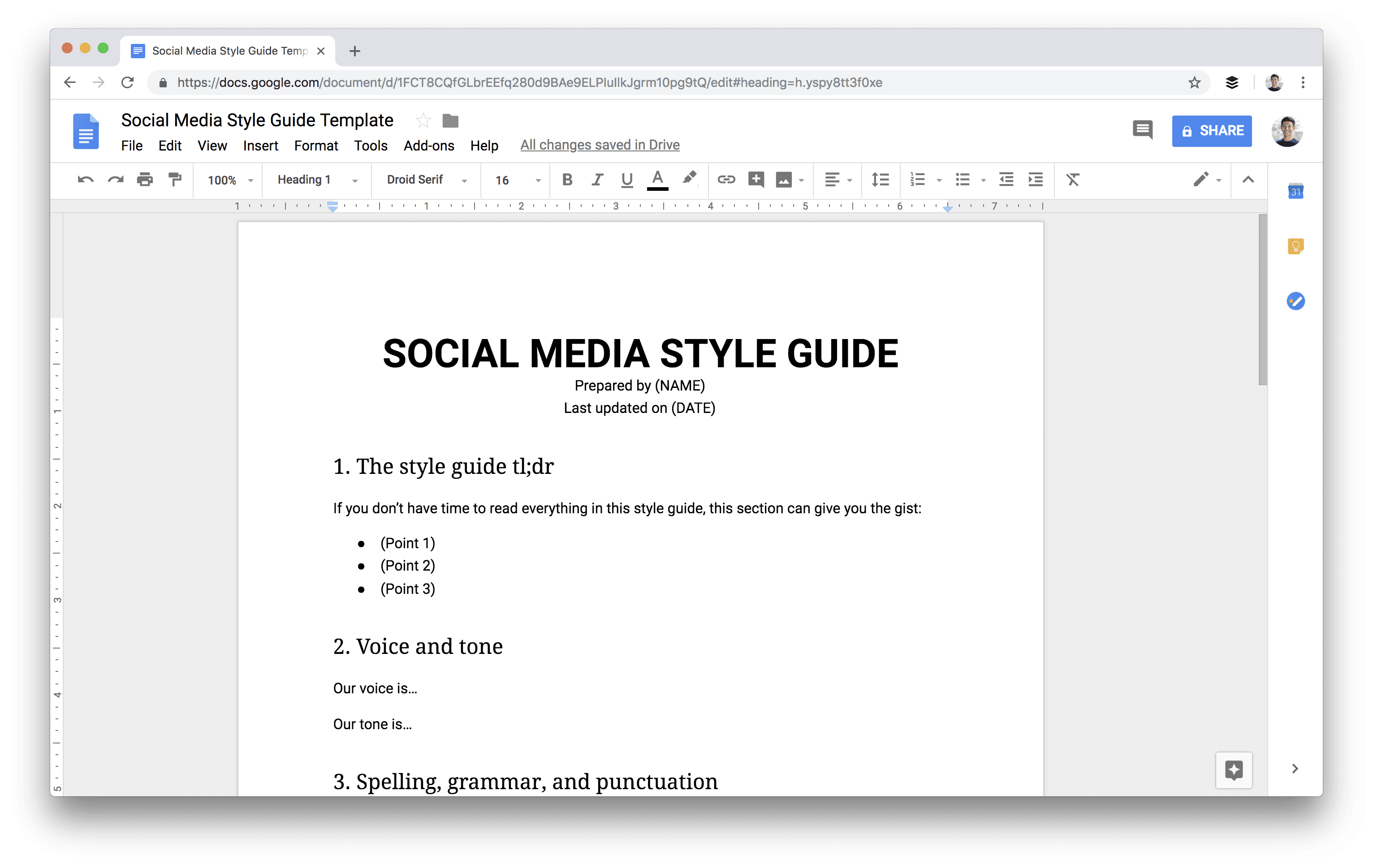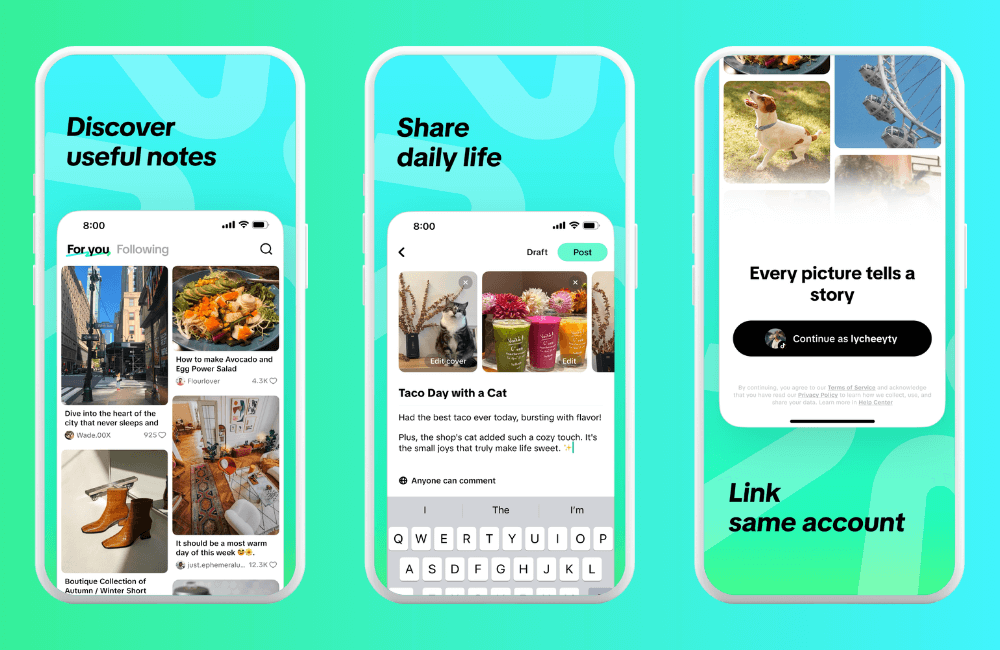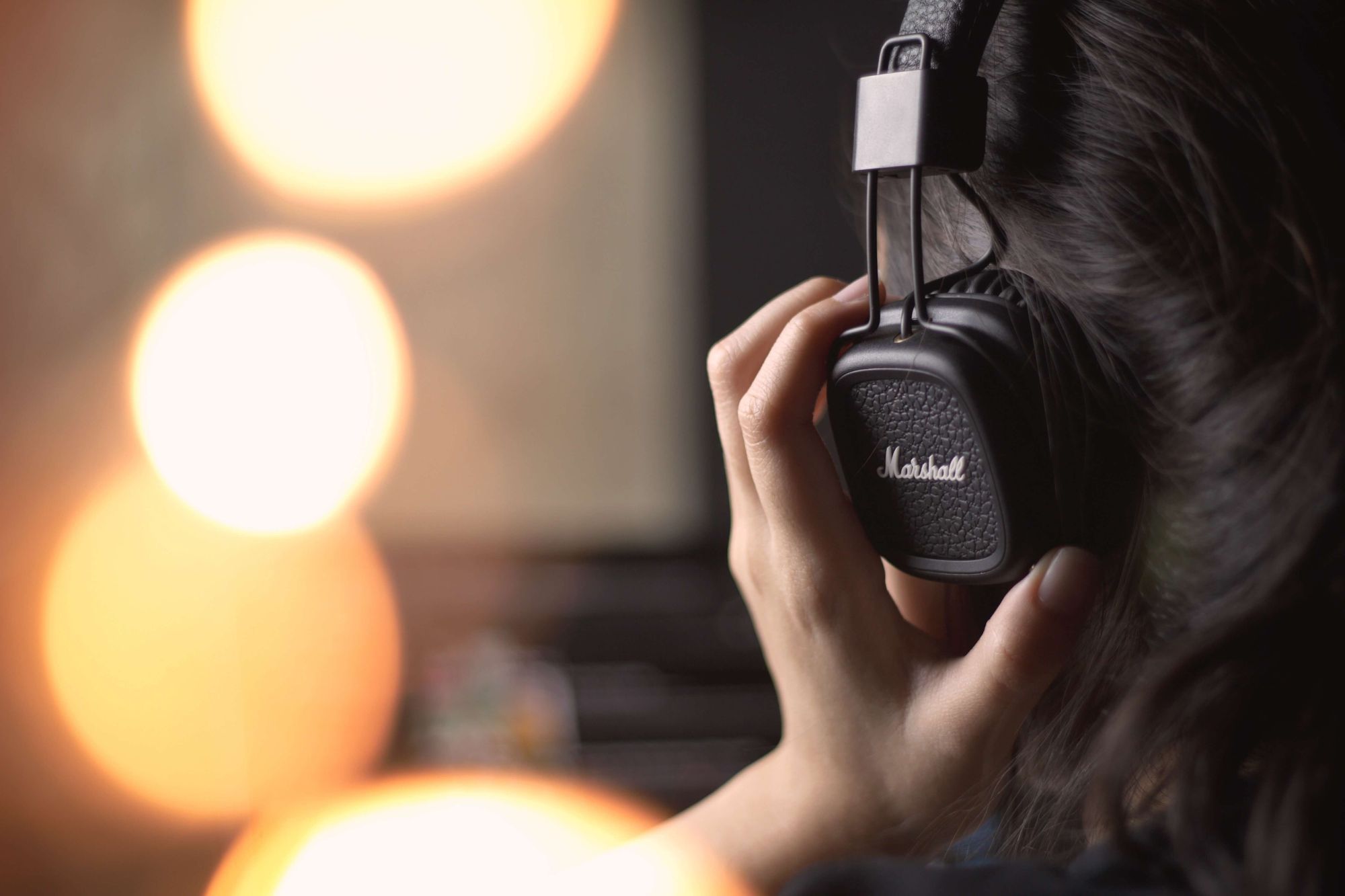
What a Real-Life Social Media Style Guide Looks Like (and How to Make Your Own)
What do all of your favorite social media accounts have in common?
Most likely they are consistent, and you can immediately recognize their style when they pop up in your feed.
To ensure this consistency, they’re probably following a social media style guide.
A social media style guide is your map to guide how your brand appears on social media. Your style guide will relate to and be part of your overall marketing brand guidelines. It should be a living document that can evolve over time.
But why do you need a style guide?
The importance of having a style guide
No matter your team size, a social media style guide is a must — even if you’re the only person posting on your brand’s social media accounts, you need a style guide.
Social media managers are often juggling many things, so having one source of truth for yourself to reference is important. Also, if you’re on vacation or someone has to step in and fill in, they’ll be prepared to keep your social media going without a hitch. Finally, in the case that you hire more folks, the onboarding process will be so much easier with a style guide in place.
So when should you create a style guide?
The answer: Before you think you need one!
Trying to remember all the components to keep your social media presence consistent is almost impossible. A guide that’s got everything in one place sure beats a bunch of post-its on your computer screen.
Let’s take a look at what goes into a style guide. I’ll also be sharing Buffer’s social media style guide. Feel free to use it as a reference but remember to keep yours unique to your brand!
The components of a social media style guide
Here are the eight key components of our social media style guide:
- The style guide tl;dr
- Voice and tone
- Spelling, grammar, and punctuation
- Formatting
- Emoji usage
- Hashtag usage
- Multimedia usage
- Breaking news
There isn’t one fixed format for a style guide. You can have as few or as many components as you like. Ours is just one example out of the many. In fact, what you’ll see below are sections taken out from our overall brand content style guide.
If you like the following style guide and would like to follow it (we’ll be honored!), here’s a free template for you. →

1. The style guide tl;dr
The first section of our style guide is a tl;dr (too long; didn’t read). We include this section so that if someone doesn’t want to read everything in the full style guide, they can at least come to this section and get the gist.
Here’s our tl;dr:
- Buffer’s voice is relatable, approachable, genuine, and inclusive. Buffer’s tone varies, based on the situation. We let empathy inform our tone.
- Write succinctly, for the most part. Experiment often.
- Be thoughtful and intentional with the use of emojis, hashtags, and multimedia
- Don’t alter the spelling or punctuation of words in order to reduce the number of characters. Don’t abbreviate beyond standard abbreviations (like “info” for “information”).
- Never use first-person singular pronouns, unless you’re replying to someone (and your first name is included in your reply).
2. Voice and tone
Voice is the overall defining sound for your brand personality and that tone refers to the specific implementations of voice. Simply put: You have the same voice all the time, but your tone changes. There is lots of nuance to the distinction between the two, but we choose to see it in broad strokes. Voice and tone matter: they humanize your brand and let you take part in conversations naturally. When establishing your voice and tone, there are a few exercises you can try.
Buffer’s voice is relatable, approachable, genuine, and inclusive.
We speak with clarity. We strive for expertise. Our goal is to fully understand the needs of the other person (customer, user, reader, listener) and to deliver delight, assurance, direction, or love as appropriate.
Buffer’s tone varies, based on the situation. We let empathy inform our tone.
By default — and whenever appropriate — Buffer’s tone is friendly and positive. The way we speak encourages people to tell us more, and it invites people to get to know us. Because of this, we take a conversational tone with our writing: no big, dictionary words, just everyday talk that is easy to understand. We seek to inform rather than entertain. We don’t want to be the center of attention; we feel like our customers deserve the spotlight.
Here are some examples of the voice and tone of well-known brands:
Target – upbeat, playful, and celebratory
When you walk into Target and realize all #Halloween costumes are 40% off…
Online and in-store w/Cartwheel, today only: https://t.co/t7PzodYg3P pic.twitter.com/3mSjcXN8zi
— Target (@Target) September 18, 2018
Wendy’s – witty, satirical, and humorous
Boss: We need more app downloads
Us: Give them free food
Boss: Fine. Free Dave’s Single with purchase, every single day, for the rest of September.
Us: *tweets this tweet telling you to go get that free food*
— Wendy’s (@Wendys) September 10, 2018
Dollar Shave Club – humorous, laid-back, and straightforward
Press your nose to the screen and breathe in the amazing scents of Wanderer. pic.twitter.com/o8tuuR0uKU
— Dollar Shave Club (@DollarShaveClub) September 5, 2018
3. Spelling, grammar, and punctuation
Nothing is more cringe-worthy than a spelling fail on social media. You’ll want to carry over many of your spelling and grammar guidelines from your overall content guide, but keep in mind you may want to modify for social media constraints.
Our north star: Write succinctly, for the most part. Experiment often.
In general, we choose to keep our social media updates crisp and to the point, which is partially a response to the character limits on social media and also a reaction to the way our audience chooses to communicate in these communities. We tend to approach social media updates from a conversational place by asking questions, using familiar words, etc. We want to clearly communicate our point while being engaging.
Here are our main grammar takeaways:
- Always use an Oxford comma.
- Use emoji on social and with emoji-loving customers.
- Don’t use emoji as punctuation or as a stand-in for vocabulary.
- Be aware when you’re writing about people. Labels are for boxes. Avoid gendered terms.
4. Formatting
With so many different platforms, formatting on social media is especially important. Having a dedicated section for formatting will ensure you are consistent and make your brand recognizable.
Here are our formatting guidelines:
- No title case in the updates
- One or two short sentences. Then bullet emoji.
- Conversational sentence case with a Twitter card. Place emoji before any hard return (not in the middle of a sentence)
Curious how to generate sales from Instagram Stories? ?
Learn from the Kettlebell Kings ?? https://t.co/nL0jlAON3Y
— Buffer (@buffer) October 10, 2018
5. Emoji usage
You’d be hard pressed to find anything that can inject as much fun and personality into your social media as emoji! With Buffer’s tone being friendly and positive, we naturally love emojis! ?
It’s also another area we want to be thoughtful and intentional.
When and how we use emoji:
- Overall: Place emoji at the end of a line (just before a hard return). Not in the middle or at the beginning.
- Twitter: Use often and liberally in tweets and replies. Emoji can be especially great when used in place of bullets within lists.
- Facebook: Use as needed in updates and replies. We are a bit more reserved with emoji on Facebook versus Twitter. Emoji will typically come at the end of the update text to add some visual interest and pop.
- Instagram: Use at the end of your update text as needed. Use often in replies.
- LinkedIn: No emoji.
- Pinterest: No emoji.
Neuromarketing = principles of psychology applied to marketing research and strategy. ?
Part I: What is neuromarketing? ?
Part II: Neuromarketing in practice. ?
Part III: Running your own neuromarketing experiments. ??#BufferPodcast https://t.co/Mp3FwpT0jJ
— Buffer (@buffer) October 8, 2018
6. Hashtags usage
You can’t talk about social media without talking about hashtags, they’re important for everything from campaigns to joining in conversations. These will be particular to your brand and personas and you can include a list of branded and campaign specific hashtags.
When and how we use hashtags:
- Twitter: No more than one hashtag per tweet.
- Facebook: No hashtags.
- Instagram: No more than two hashtags in the body of the post. Up to 15 hashtags in the first comment on the post.
- LinkedIn: No more than one hashtag per update.
- Pinterest: Up to five hashtags.
7. Multimedia usage
From photos to videos, graphics, and other visuals, it’s key to decide what feel is right for your brand and have all of your visual asset guides in one place. This can include the content, context, and style (informational, whimsical, etc.).
Here are our multimedia guidelines:
- Overall:
- Use available templates.
- Try to make images of people as diverse as possible.
- Follow brand guidelines for colors and fonts.
- Twitter: Use Twitter cards when possible.
- Instagram: User-generated content is appropriate.
Steps to a 5 Whys process?:
1. Invite all affected
2. Select a meeting leader
3. Ask “Why?” five times
4. Assign responsibilities for solutions
5. Email your team the results
Learn more here: https://t.co/0w1ps1S0F3
— Buffer (@buffer) October 9, 2018
8. Breaking news
In today’s increasingly connected world, it’s imperative that your brand be mindful of how you’re perceived on social media, particularly in relation to breaking news stories. Having a strategy in place can keep your brand from looking tone-deaf or insensitive.
What we do with breaking news:
- Be aware of what’s going on in the news when you’re publishing social media content.
- Pause the queue for major breaking news events. If you’re unsure if the news is big/breaking enough, seek advice in Slack. When in doubt, default to pausing.
Over to you
We hope this will give you a starting off point for your own social media style guide!
Did we leave anything out? What would you add? Feel free to let us know in the comments!
P.S. If you did want to use our social media style guide template, you can grab a free copy here. →
Try Buffer for free
140,000+ small businesses like yours use Buffer to build their brand on social media every month
Get started nowRelated Articles

TikTok Notes is coming — and the new text and photo-sharing app is not just an Instagram clone. Here's everything we know about the platform so far.

How to source the best audio clips for your TikToks while they’re still popular, plus examples of TikTok sounds with staying power.

In this article, we've curated the top five graphic design trends for social media branding in 2024.